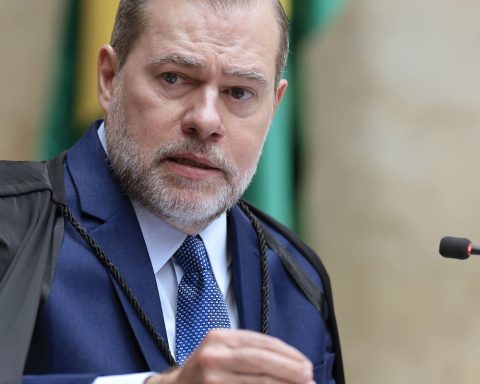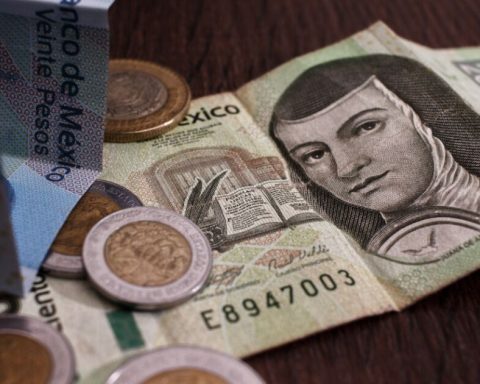Afraid of the impacts of the war in Eastern Europe on inflation, the Monetary Policy Committee (Copom) of the Central Bank (BC) starts today (15) the second meeting of the year to define the basic interest rate, the Selic. Tomorrow (2), at the end of the day, the Copom will announce the decision.
In the estimates of financial institutions, the Copom should take its foot off the accelerator, despite the current pressures on inflation. According to the Focus bulletin, a weekly survey with market analysts, the Selic should go from 10.75% to 11.75% per year, up 1 percentage point. In the last three meetings, the body raised the rate by 1.5 points at each meeting.
In the minutes of the last meeting, Copom members had signaled that they would reduce the rate of increase in the Selic rate because the most recent increases are still being felt by the market. However, the war between Russia and Ukraine began to influence the brazilian inflationthrough the recent increase in fuel prices.
The financial market felt the impact of the conflict. The latest edition of Focus bulletin raised the official inflation forecast by the Broad National Consumer Price Index (IPCA) of 5.65% to 6.45% in 2022, just because of high fuel prices. Future projections could go even higher if the increases spread to other products, such as food and fertilizers.
For 2022, the inflation target that must be pursued by the BC, defined by the National Monetary Council, is 3.5%, with a tolerance interval of 1.5 percentage points upwards or downwards. That is, the lower limit is 2% and the upper limit is 5%. Market analysts believe that the target ceiling will be breached for the second year in a row.
money squeeze
The main instrument for controlling inflation, the Selic rate continues to rise, after going six years without being raised. From July 2015 to October 2016, the rate remained at 14.25% per year. After that, the Copom reduced the economy’s basic interest rates until the rate reached 6.5% per year, in March 2018.
In July 2019, the Selic was reduced again until it reached the lowest level in history in August 2020, 2% per year. It started to rise again in March of last year, having risen 8.75 percentage points so far.
Selic rate
The basic interest rate is used in the negotiation of public securities issued by the National Treasury in the Special System for Settlement and Custody (Selic) and serves as a reference for other rates in the economy. It is the Central Bank’s main instrument to keep inflation under control. The BC operates daily through open market operations – buying and selling federal government bonds – to keep the interest rate close to the value defined at the meeting.
When the Copom increases the basic interest rate, the purpose is to contain the heated demand, and this has an impact on prices because higher interest rates make credit more expensive and encourage savings. Thus, higher rates can also hold back economic activity. By reducing the Selic, the tendency is for credit to become cheaper, with incentives for production and consumption, reducing inflation control and stimulating economic activity.
However, interest rates on credit do not vary in the same proportion as Selic, as Selic is only a part of the cost of credit. Banks also consider other factors when defining the interest charged to consumers, such as default risk, profit and administrative expenses.
The Copom meets every 45 days. On the first day of the meeting, technical presentations are made on the evolution and prospects of the Brazilian and world economies and the behavior of the financial market. On the second day, members of the Copom, formed by the BC board, analyze the possibilities and define the Selic.

















